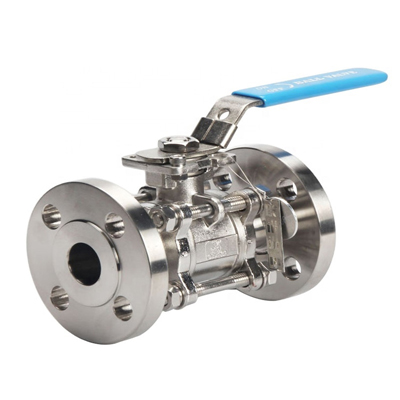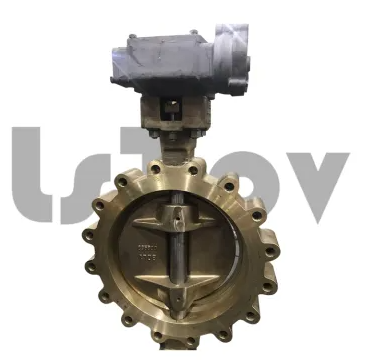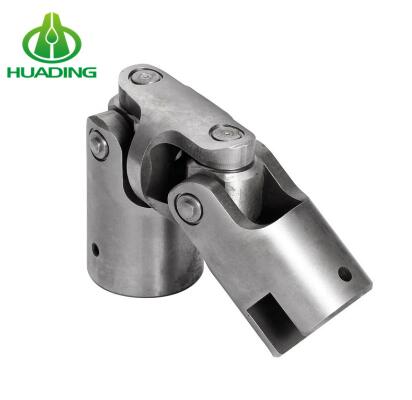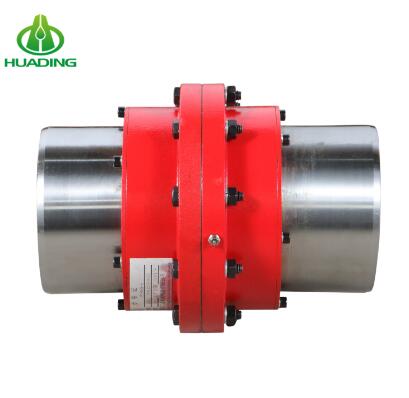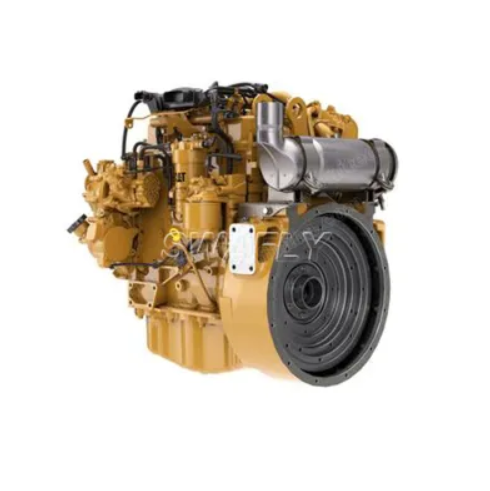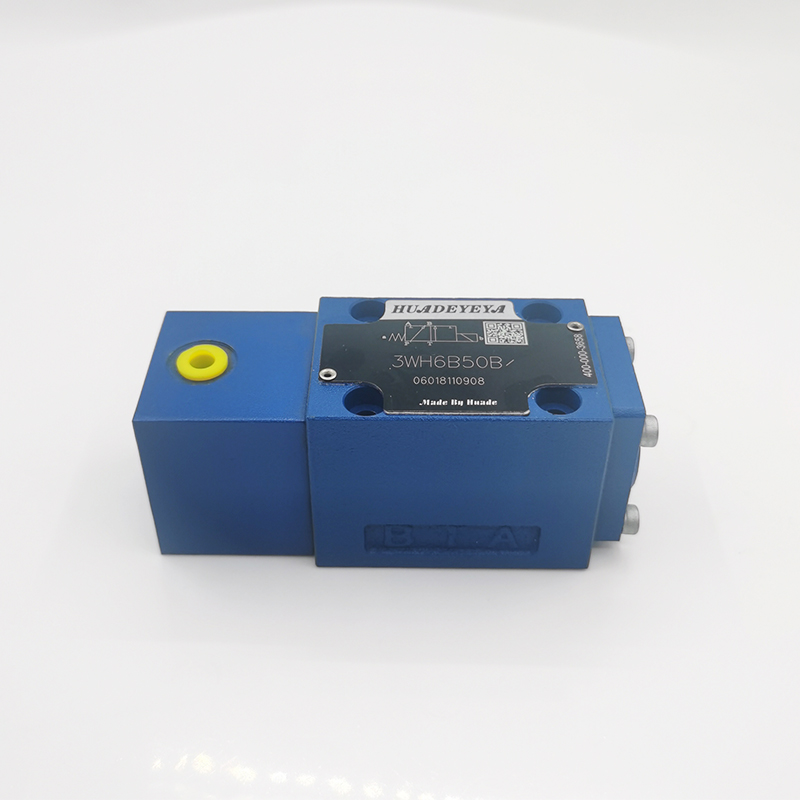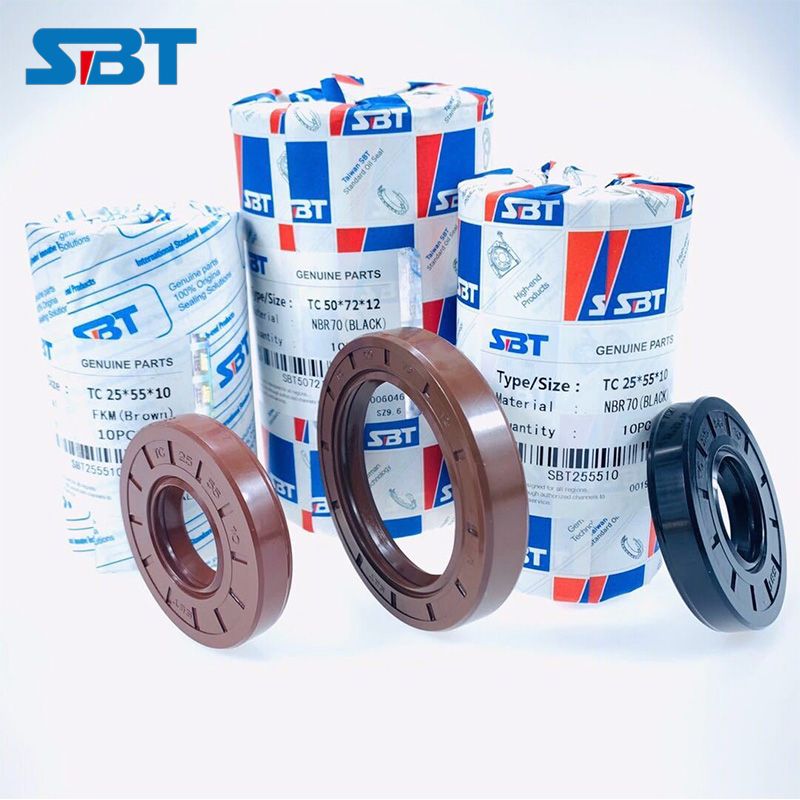How does a petroleum globe valve work?
Petroleum globe valves are essential components in the oil and gas industry, playing a crucial role in controlling the flow of fluid in pipelines and systems. These valves are specifically designed to handle the high pressures and temperatures associated with the transport of petroleum products. In this blog post, we will explore how a petroleum globe valve works, its components, and its importance in the industry.
When it comes to regulating the flow of petroleum products, safety and efficiency are paramount. Petroleum globe valves are designed to provide precise control over the flow of fluids, allowing operators to adjust the flow rate as needed. These valves are commonly used in pipelines, refineries, and petrochemical plants to isolate, regulate, and control the flow of crude oil, natural gas, and other petroleum products.
So, how does a petroleum globe valve work? At its core, a globe valve consists of a disk or plug that can be moved up and down to regulate the flow of fluid through the valve. The valve is equipped with a valve stem that connects the disk to the actuator, which is responsible for opening and closing the valve. When the valve is open, the disk is lifted away from the seat, allowing fluid to flow through the valve. When the valve is closed, the disk is lowered onto the seat, blocking the flow of fluid.
One of the key components of a petroleum globe valve is the valve body, which houses the disk and seat. The valve body is typically made of durable materials such as carbon steel, stainless steel, or alloy steel to withstand the high pressures and temperatures associated with petroleum products. The seat is the sealing surface that the disk comes into contact with when the valve is closed, preventing leakage and ensuring a tight seal.
Another important component of a petroleum globe valve is the actuator, which is responsible for moving the disk to open and close the valve. There are several types of actuators available, including manual, electric, pneumatic, and hydraulic actuators. Manual actuators are operated by hand, while electric actuators use an electric motor to move the disk. Pneumatic actuators rely on compressed air to open and close the valve, while hydraulic actuators use hydraulic fluid to operate the valve.
Explore more:Unveiling the Versatility and Importance of O-Rings
Are Kubota diesel engines good?
How Does a Vertical Slurry Pump Work?
Enhancing Oilfield Safety with Sucker Rod Blowout Preventers (BOPs) for High-Pressure Environments
Unraveling the Features of Triplex Mud Pumps
The Benefits of Investment Casting
How precise is investment casting?
In addition to the valve body and actuator, petroleum globe valves also contain other important components such as the bonnet, packing gland, and stem. The bonnet is the top part of the valve that encloses the moving parts and provides protection from the environment. The packing gland is a seal that prevents leakage around the valve stem, while the stem connects the actuator to the disk and allows for the movement of the valve.
Overall, petroleum globe valves play a critical role in maintaining the safety and efficiency of petroleum pipelines and systems. These valves are designed to withstand the harsh conditions of the oil and gas industry, providing reliable control over the flow of fluids. By understanding how a petroleum globe valve works and the importance of its components, operators can ensure the smooth operation of their systems and minimize the risk of leaks or accidents.
In conclusion, petroleum globe valves are essential components in the oil and gas industry, providing precise control over the flow of petroleum products. These valves are designed to withstand high pressures and temperatures, ensuring the safety and efficiency of pipelines and systems. By understanding how a petroleum globe valve works and the key components involved, operators can make informed decisions when selecting and maintaining these critical valves.
The company is the world’s best petroleum right angle bellows seal globe valve, din bellows seal gate valve supplier, cast steel bellows globe valve supplier supplier. We are your one-stop shop for all needs. Our staff are highly-specialized and will help you find the product you need.
Explore more:What is a sealing gasket and its purpose?
How Do I Choose the Right Oil Seal Kit?
What is the purpose of the proportional valve?
What is a piston pump?
Differences between Cast Steel and Forged Steel Valves
What is a ductile iron pipe used for?
What are miniature bearings used for?



